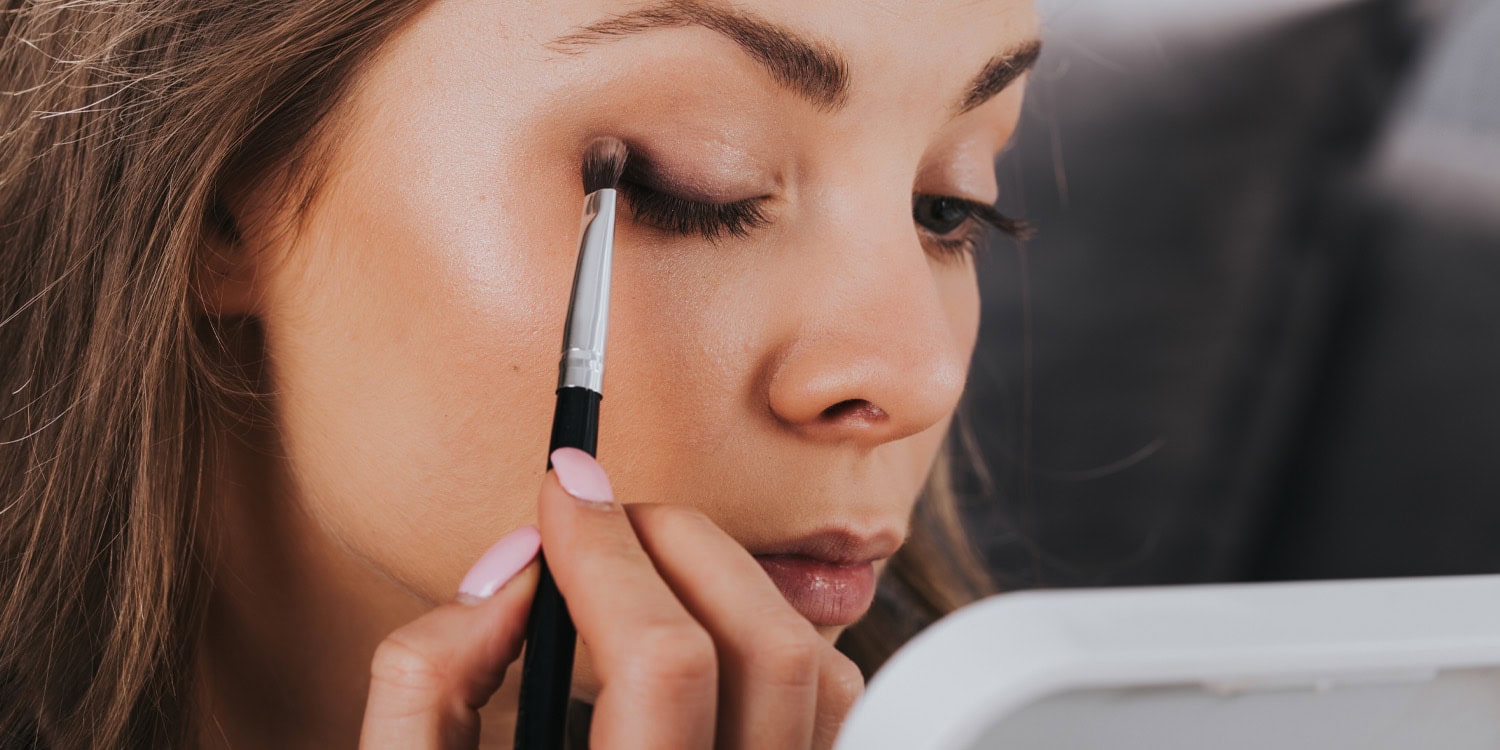From the Cook Islands to Poland, people everywhere strive to look their best—but the reasons behind these efforts are not always the same. A new study published in Evolution and Human Behavior explores the diverse motives for enhancing physical attractiveness across four different societies. The research highlights both universal trends and the culturally unique factors driving these behaviors.
The new study was led by Marta Kowal, a postdoctoral researcher at the IDN Being Human Lab at the University of Wrocław. The researchers aimed to understand why people across different cultures spend time and resources on improving their physical appearance, a common yet underexplored aspect of human behavior. While many previous studies have examined the role of physical attractiveness in areas like mate selection, most of these have taken a Western-centric, quantitative approach, focusing on individual cultures or large-scale surveys.
In their new study, the researchers intended to fill the gap by adopting a qualitative method, giving participants the chance to explain their perspectives and motivations in their own words. The research team was particularly interested in examining self-enhancement practices from a cross-cultural perspective.
“This study is a continuation of a previous one my team and I conducted (please see the published paper Kowal et al., 2022 described in PsyPost), where we quantitatively examined time spent enhancing physical attractiveness across 93,158 participants from 93 countries. The findings were remarkable! Yet, after that large-scale study, I couldn’t help but wonder: did we miss something? Or more precisely, what did we miss?” Kowal explained.
“In that previous study, we used an etic approach, which offers an outsider’s perspective through standardized measures and statistical inferences to facilitate cross-cultural comparisons. However, this time, we decided to take an emic approach, emphasizing the importance of an insider’s viewpoint and aiming to understand each culture from within.”
The researchers conducted semi-structured, in-depth interviews with 96 participants from four distinct societies: the Cook Islands, Guatemala, Pakistan, and Poland. These societies were chosen for their geographic and cultural diversity, offering insights from a range of traditions and values related to physical appearance.
“This approach allowed us not only to ask predefined questions but also to dive deeper into how people around the world enhance their physical attractiveness, giving us a more nuanced perspective,” Kowal told PsyPost.
The Cook Islands, for example, are remote islands in the Pacific Ocean where Western beauty standards are less influential. Guatemala, in contrast, blends indigenous and Western influences. Pakistan’s Islamic culture significantly impacts beauty practices, while Poland, deeply rooted in Western culture, provided a contrasting view on beauty-enhancing behaviors.
The participants, aged between 18 and 65, represented a variety of backgrounds, including individuals from both urban and rural areas. Interviews were conducted in the participants’ local languages or in English, with the help of bilingual co-researchers when necessary. The researchers focused on three core questions during the interviews: What types of activities participants engaged in to improve their appearance, how much time they dedicated to these activities, and why they did so.
“Enhancing one’s physical attractiveness is a global behavior—whether among Polish individuals rooted in Western culture, Mestizo and Maya people in Guatemala, Muslims in Pakistan, or Maori in the South Pacific’s remote Cook Islands,” Kowal said.
One consistent theme was that women across all societies devote more time than men to improving their physical appearance. The amount of time varied, but the trend was universal. For example, Cook Island women estimated they spent around 15 to 20 minutes enhancing their appearance daily, while men spent only about 5 to 10 minutes. These time estimates were similar in Guatemala and Poland, where women reported around 30 minutes of daily beauty enhancement and men about 15 minutes. However, in Pakistan, women reported spending considerably more time—around 45 minutes daily—compared to men, who spent between 15 and 30 minutes.
“All interviewees agreed that women invest more time in beautification than men, although the degree varied across cultures,” Kowal told PsyPost. “Time spent enhancing attractiveness also shifted across life stages, peaking during dating, just before marriage (and in Pakistan, slightly after marriage as well, when women typically move into their husband’s family home), and in response to noticing the impact of aging.”
The study identified several key motivations for engaging in beauty-enhancing activities. One of the most prominent reasons was intersexual competition, or the desire to attract a mate. This motivation was particularly salient among women in all four societies. For example, women in Pakistan reported that enhancing their appearance, especially during courtship and in the early stages of marriage, was important to ensure their husband’s attention. Some participants even described the importance of looking good when their husband returned home from work, as it was seen as a way to relieve his stress.
Men also engaged in beauty-enhancing behaviors for intersexual competition, although their practices were more focused on grooming and physical fitness. In Poland, for example, men reported engaging in strength training to appear more muscular, which they believed would make them more attractive to women. This was seen as an important part of mate selection, as physical strength is often associated with masculinity and desirability.
Another key motivation was intrasexual competition, or the desire to outcompete same-sex rivals. This was more frequently reported by women, who described a competitive dynamic with other women in their social circles. For example, participants from the Cook Islands and Pakistan noted that women often improved their appearance to impress or intimidate other women, rather than solely to attract men.
Men, too, reported engaging in beauty-enhancing behaviors to compete with other men, particularly in terms of social status. In Pakistan and Poland, participants noted that looking attractive could increase their chances of job success, as physical appearance was often linked to respect and professional advancement. Men in Pakistan also emphasized the importance of physical attractiveness in increasing their social status within their communities.
“Men want to look attractive to increase their chances at a job,” a male participant from Pakistan explained. Similarly, a Polish participant remarked that “if you look good, everyone is going to respect you, but if you look bad, nobody is going to respect you.”
Certain beauty-enhancing activities were common across all four societies, although with some local variations. The most frequently mentioned activities included maintaining personal hygiene, applying makeup (especially among women), caring for hair and facial hair, using cosmetics, selecting appropriate clothing and accessories, and exercising.
But the study also identified several unique cultural differences in beauty-enhancing practices. In Guatemala, participants highlighted the importance of clean and fashionable clothing, and women reported that wearing revealing clothes was frowned upon, which contrasts with the more liberal views on clothing in Western societies.
In Pakistan, there was a strong emphasis on gold jewelry and a light skin complexion as markers of physical attractiveness, particularly for women, and men placed high importance on maintaining well-groomed beards, reflecting the cultural and religious significance of facial hair.
Poland’s participants were notably focused on achieving a desirable body shape through diet and exercise, reflecting the influence of Western media and fitness culture. Tanning was also a popular practice, with participants seeking to achieve a darker skin tone, which they associated with health and attractiveness.
In the Cook Islands, the use of flowers as a form of adornment was a distinct practice not seen in the other societies. Additionally, the study noted that the Cook Islands had a historical social norm where men took pride in having larger wives.
“I was particularly struck by how much I learned from people living in these diverse cultures,” Kowal said. “While I’ve always been a big fan of big data, this study made me realize how vital qualitative research is. Listening to perspectives from people who are so different, yet share common human experiences, was transformative. And this was not possible by conducting a quantitative study!”
“Having studied mate choice and physical attractiveness, I had mostly read scholarly reports about how beauty standards differ across cultures. But experiencing those differences firsthand was eye-opening. Coming from Poland, where a slim female body is highly valued, I was astonished when a Maori participant told me ‘They [our fathers and grandfathers] praised themselves if their wives were big. My grandfather used to say things like I don’t want my wife to get blown away by wind. (…) It’s hard to explain, but I’m more proud to have a big wife.’ Another interviewee further explained it, ‘If your wife is skinny, you’re not feeding your wife, so you know it’s like a competition type of thing.’”
A less commonly explored finding in previous research was the influence of religion on beauty-enhancing practices, particularly in Pakistan. Many Pakistani participants reported that improving their physical appearance was tied to their religious beliefs, especially in preparation for prayer or religious gatherings. For example, some participants mentioned that they wanted to look clean and presentable when attending mosque, as they believed it reflected their devotion to God. This finding highlights how beauty-enhancing behaviors can be motivated by factors beyond social competition and mate selection, extending into the realm of religious expression.
The study also revealed that modernization and social media played a significant role in shaping beauty-enhancing behaviors. Across all four societies, participants noted that social media, particularly platforms like Instagram, increased pressure to conform to idealized beauty standards. This was especially true among younger generations, who reported feeling pressure to look “perfect” in order to compete with the images of models and influencers they saw online.
Interestingly, some participants noted that men have begun to spend more time on their appearance as a result of social media’s influence. In Pakistan, younger men were described as more conscious of their looks than older generations, likely due to increased exposure to social media and Western beauty norms.
“The reasons for enhancing physical appearance varied, with cultural and social norms, religion, self-presentation, social media, and modernization all playing a role,” Kowal told PsyPost. “Ultimately, however, these behaviors may boil down to inter- and intrasexual competition.”
But the study, like all research, includes some caveats. “Most notably, we only interviewed 96 participants, which offers just a glimpse into these cultures,” Kowal said. “These individuals were not representative of their entire countries, so we cannot draw broad conclusions.”
“I’d like to express my deep gratitude to the team members who made this research possible, especially my former PhD supervisor, Professor Sorokowski, an expert in cross-cultural field studies, with whom I’m thrilled to continue working,” she added. “Special thanks to the wonderful and dedicated Sayra M. Cardona and Andrea Castañeda from Guatemala, and C.M. Nadeem Faisal from Pakistan. I’d also like to thank all our interviewees for sharing their perspectives! The current research was part of the grant I received from the Polish National Science Center (2019/33/N/HS6/00054). I would like to thank this organization and Committee for giving me the chance to pursue this exciting topic.”
The study, “Sex and cross-cultural comparison of self-enhancement practices: Data from four distinct societies,” was authored by Marta Kowal, Piotr Sorokowski, Sayra M. Cardona, Andrea Castañeda, and C.M. Nadeem Faisal.




